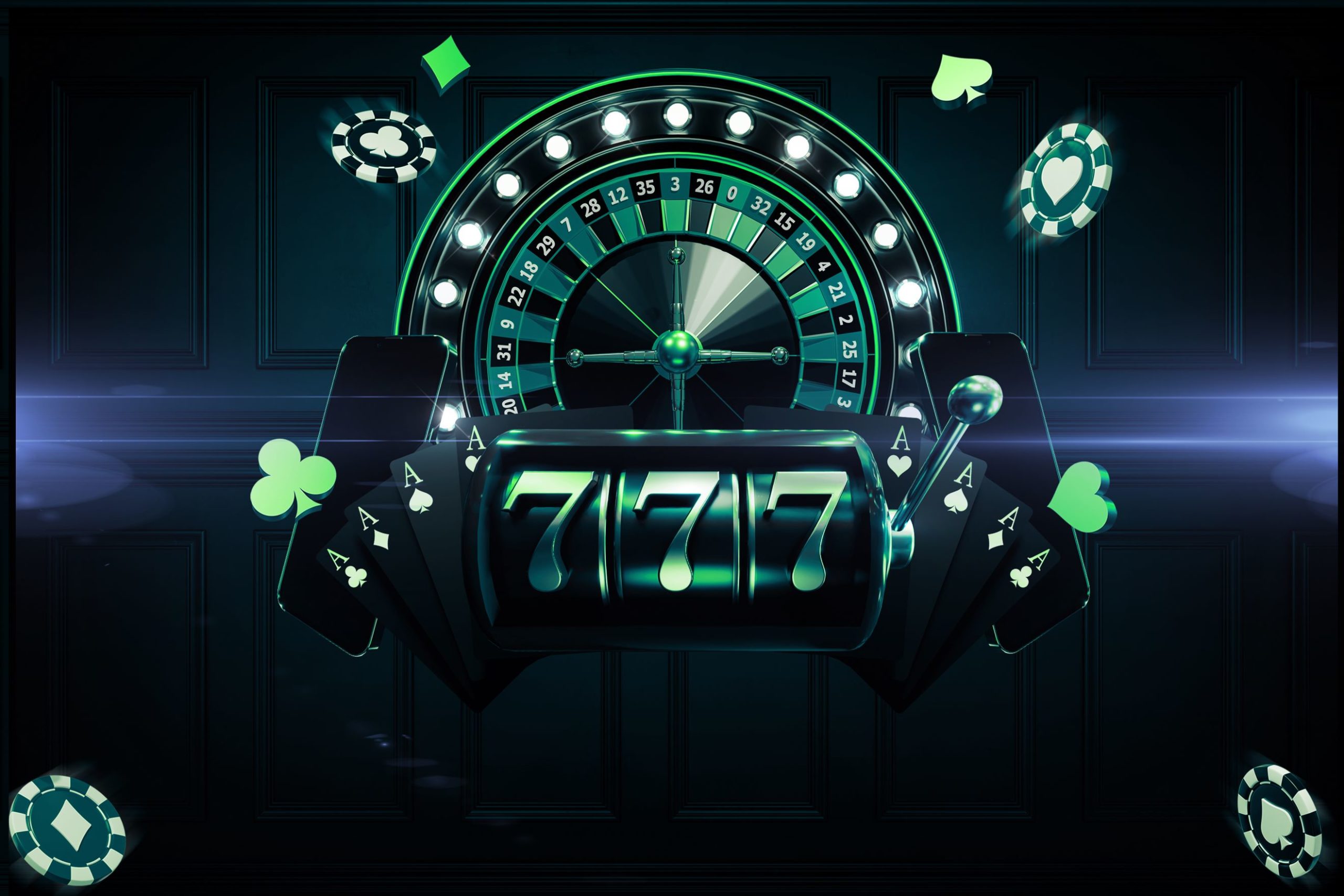
Live Punto Banco
Punto Banco was originally imagined in Argentinian casinos, this game first made its debut in the USA during the 1950s. Our experts at Live Casino Man will walk you through its rules – and give you plenty of helpful baccarat tips and strategies.
Punto Banco, a variant of baccarat, has been a fixture in land-based casinos, online casinos and, of course, live casinos in the USA, UK, and Australia for decades – and it continues to be one of the most popular live dealer games online today. Originally imagined in Argentinian casinos, this game first made its debut in the USA during the 1950s – and it has left an incredible mark on the gambling landscape ever since.
Even now, Punto Banco is still a preferred choice for players all over the world, featuring mainly in exclusive VIP casino rooms – and it’s a cornerstone in both the UK and the US gambling markets. Thanks to its exclusivity, glamour and its straightforward gameplay, it’s a firm favourite with the more experienced as well as the newer casino players. In fact, the game’s rules are some of the simplest out there – player bet, banker bet, or draw…. that’s it!
On this page, our experts at Live Casino Man will walk you through its rules – and give you plenty of helpful baccarat tips and strategies.
Best Punto Banco Live Online Casinos
Playing Online Punto Banco Online
Essentially, playing online Punto Banco is exactly the same as playing at a traditional casino – especially when playing at a top live casino. In both scenarios, the dealer is there to manage all the different aspects of the card action – from shuffling and cutting to dealing. Because of its simplicity, there are those who believe the game to be boring… or simply not as exciting as other games such as live blackjack or live roulette, but this is not true. Online Punto Banco offers an equally thrilling experience, especially when playing at a live casino. Here, you can even enjoy the social aspect along with immersive camera views of the table and a real-time HD streaming feed of the dealer.
You’ll find various betting limits and customisable options available, so you will be able to tailor the game to match your preferences and bankroll. Then, there’s the inclusion of a live chat option, which enables you to interact with the dealer and fellow players, giving you even more of an authentic gaming experience.
For those who prefer to play Punto Banco games with an RNG rather than at a live casino, different betting limits and even demo modes are accessible – such as the NetEnt game that is available to try out for free. Featuring six decks and betting limits of £1 to £100, the payouts are the same as regular games – adhering to the standard 1:1 for Player wins, 1:0.95 for Banker wins (because of the commission), and 1:9 for a Tie. With excellent graphics and user-friendly gameplay – along with features like history and audio controls and seamless performance across all devices, the overall gaming experience remains exceptional – and is perfect if you want to practise the game before heading over to the live dealer lobby for the real deal.
How to Play Punto Banco Baccarat
In contrast to games such as Chemin de Fer, where players have to play against each other – and there is no financial involvement from the casino, Punto Banco is a game where players have to bet against the dealer, similar to blackjack. The name basically reflects the two opposing sides: “punto,” signifying “player,” and “banco,” representing “bank.” The game’s objective is to pick the winning hand – the one that you think will be the closest to 9.
Card Values
As with other baccarat variations, in Punto Banco, 10s, Jacks, Queens, and Kings hold zero value. Aces carry a value of one point, while the rest of the cards retain points equivalent to their face value. The total value of a hand is determined by adding the values of the first two cards drawn. If the resulting total is a two-digit number, ten is subtracted.
So, for instance, if the Player’s hand consists of a 7 and an 8, the total value is five: 7 + 8 = 14 – 10 = 5.
Punto Banco Baccarat Table Layout and Card Drawing
Punto Banco is usually played at large baccarat tables that can accommodate up to 12 or 14 players, along with two dealers and one Banker. In certain instances, particularly in smaller rooms or online settings, it may be played on smaller tables – like those used in mini-baccarat.
The table features two designated spaces for bets on the Punto (the Player) and the Banco (the Bank), with a potential third box for Egalite bets – also known as Tie bets. The game is usually played with either six or eight decks of cards, which are shuffled by the dealer before each round. Players then place their bets on the designated boxes for Punto, Banco, or Egalite.
Once all bets are placed, the Player in the first seat – or the seat that’s to the right of the dealer, will draw four cards and hand them over to the dealer. The dealer proceeds to place these cards face down on the table – one for the Player, one for the Banker, followed by another for the Player, and one for the Banker. In Punto Banco, the responsibility of dealing rests entirely with casino employees, in contrast to Chemin de Fer, where the banker position changes and players actively participate in shuffling and dealing the cards.
Drawing Additional (Third) Cards
Depending on the cumulative value of the Player and Banker hands, there may be a requirement to draw a third card (this will be determined by the dealer, so you won’t need to worry about it). However, it’s good to know if and why extra cards will be drawn. The drawing of additional cards follows these rules:
Rules for the Player:
- If the total of the Player’s hand has a value of zero to five, then a third card will be drawn.
- If the player’s total is six or seven, then they will stand.
- In the case of being dealt an 8 (a small natural) or a 9 (big natural), the Player wins.
Rules for the Banker:
- If the Banker’s hand has a total value of zero to three, the Banker draws a third card irrespective of the Player’s hand.
- If the total of the Banker’s hand is four, a third card will be drawn only if the Player’s has a value of two to seven.
- Also, if the Banker has a value of five, a card is drawn if the PLayer’s hand has a value of four to seven.
- For a Banker’s hand totalling six and a Player’s hand being six or seven, a third card is drawn only if the Player has already had a third card drawn, and the total is made up of all three cards.
- Also, the Banker has to stand if the hand is seven.
- A value of eight or nine means both the Banker and the Player stand.
Once all additional cards have been dealt according to these rules, the winning hand will then be determined – either the Player wins, or the Banker wins, or there’s a Tie if the two hands share the same value. The payouts for the hands are as follows:
- Punto bets pay out at 1:1
- Banco bets pay 19:20*
- Egalite bets pay 8:1
*Note: There is a 5% commission on the Banco bet, which will be deducted before paying out winning Banco wagers – hence why it pays out at 19:20 rather than 1:1 like Player wins bets.
All losing bets will be collected before the winning bets are settled. In the event of a tie, the dealer pays the winnings to players who have placed their money on the Egalité bet. Those who have put money on Punto or Banco will not lose their stakes if there is a tie. They will have the option to either let their bets remain for the next round, modify them, or withdraw them.
The Punto Banco Strategy
If you’ve ever played Punto Banco baccarat at a live dealer casino, you’ve probably watched numerous players meticulously recording each hand’s details – and then using that information for future betting decisions. This practice could potentially lead some to believe that baccarat is more complex than it actually is. Why choose a game that needs too much work and tracking when there are lots of simpler games readily available?
However, there’s no need for concern. The tracking carried out by these players isn’t actually that strategic; rather, it tends to be more based on superstition. Baccarat is a game that is heavily reliant on luck, with players having no means to influence each hand’s outcome. Despite potential comparisons to card counting in blackjack, attempting such a strategy is absolutely in Punto Banco. Moreover, even in the rare instances where it might offer a slight advantage – this won’t apply in online versions, as the deck is reshuffled after each hand.
For optimal odds, the most advisable strategy is consistently betting on the banker hand. Despite the 5% commission, the banker bet boasts a house edge of just 1.06%, which is primarily due to the Banker winning more frequently than the Player. Opting for consistently betting on the player’s hand is also acceptable, which also comes with a reasonable house edge of 1.24%.
On the other hand, it’s advisable to steer clear of the tie bet. Egalite bets carry a much higher high house edge, particularly when they only pay out at 8-1. With a theoretical advantage exceeding 14% on each bet, this far exceeds the norm for a reasonable game but is pretty typical when it comes to side bets, which are notorious for their high house edges.
Punto Banco Glossary
Here are some of the main terms you need to know when playing live dealer Punto Banco:
Banker
The individual who is assigned to oversee the game and manage the card dealing process. The Banker may also be known as the Dealer or the House.
Caller
This is the third-party figure responsible for announcing the game results.
Carte Blanche
Derived from French, meaning “blank card,” this term signifies a hand with a total of 9.
Coup
One single round of Punto Banco.
Cut Card
A coloured card that is used to separate the deck before dealing, preventing players from being able to count cards.
Double Down
When a player doubles their bet after viewing their initial two cards.
Flat Betting
When a player consistently wagers the same amount on every hand.
Natural
When a player is dealt a hand with a total of 8 or 9.
Punto
Refers to the Player in the game of Punto Banco.
Tableau
French for a table, this denotes the chart that is used to determine how many cards each player should receive in each hand.
Third Card Rule
The rule that outlines when players should draw an additional card or stand based on their two-card starting hand.
Punto Banco FAQs
What is Punto Banco?
Punto Banco is a hugely popular version of Baccarat, which is a card game that is played between two hands – the Player and the Banker.
How is Punto Banco played?
Players try to predict whether they think the Player or Banker’s hand will win… or whether it will be a tie. Each hand is dealt two cards, and the hand with a total closest to nine wins.
What is the role of the dealer in Punto Banco?
In Punto Banco, the dealer manages the cards and follows all the game rules for card distribution, etc, ensuring a fair and standardised game.
How are cards valued in Punto Banco?
Cards 2 to 9 have their face value. Meanwhile, 10s, Jacks, Queens, and Kings all have zero value. The aces are worth one point. The sum of the card values determines the hand total.
Is there a strategy for playing Punto Banco?
Punto Banco is largely a game of chance, but players can make strategic bets based on statistical probabilities. The most popular strategy across the board is to bet on the Banker.
What is a “Natural” in Punto Banco?
A “Natural” is when the first two cards dealt a total of eight or nine, resulting in an automatic win unless the opposing hand also has a Natural.
Can Punto Banco be played online?
Yes, our top recommended live online casinos offer Punto Banco, providing a convenient way for you to enjoy the game from the comfort of your own home.
What are common Punto Banco variations?
Mini-Baccarat, Baccarat Banque and Chemin de Fer are popular variations of Punto Banco, each with slight rule differences and gameplay dynamics.










